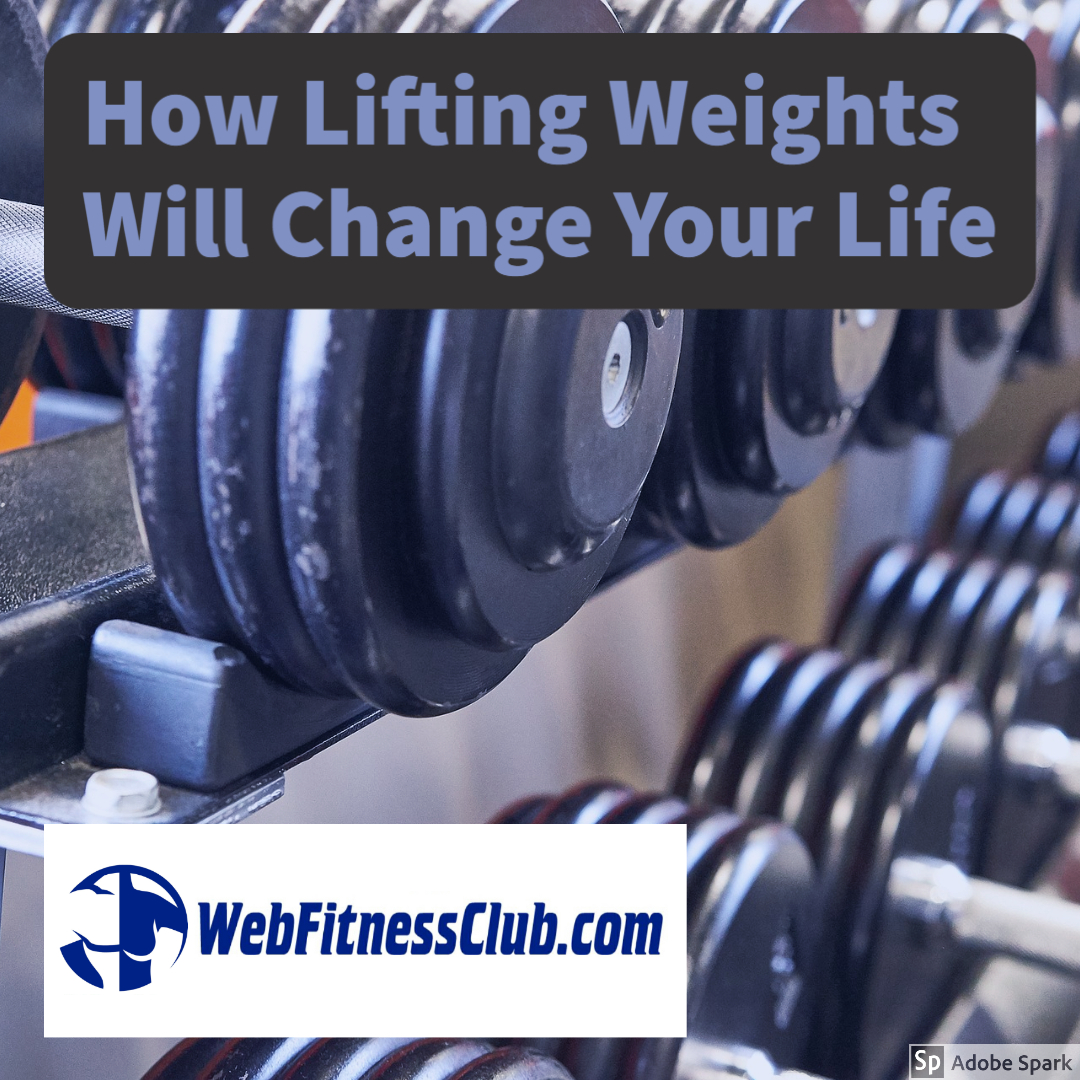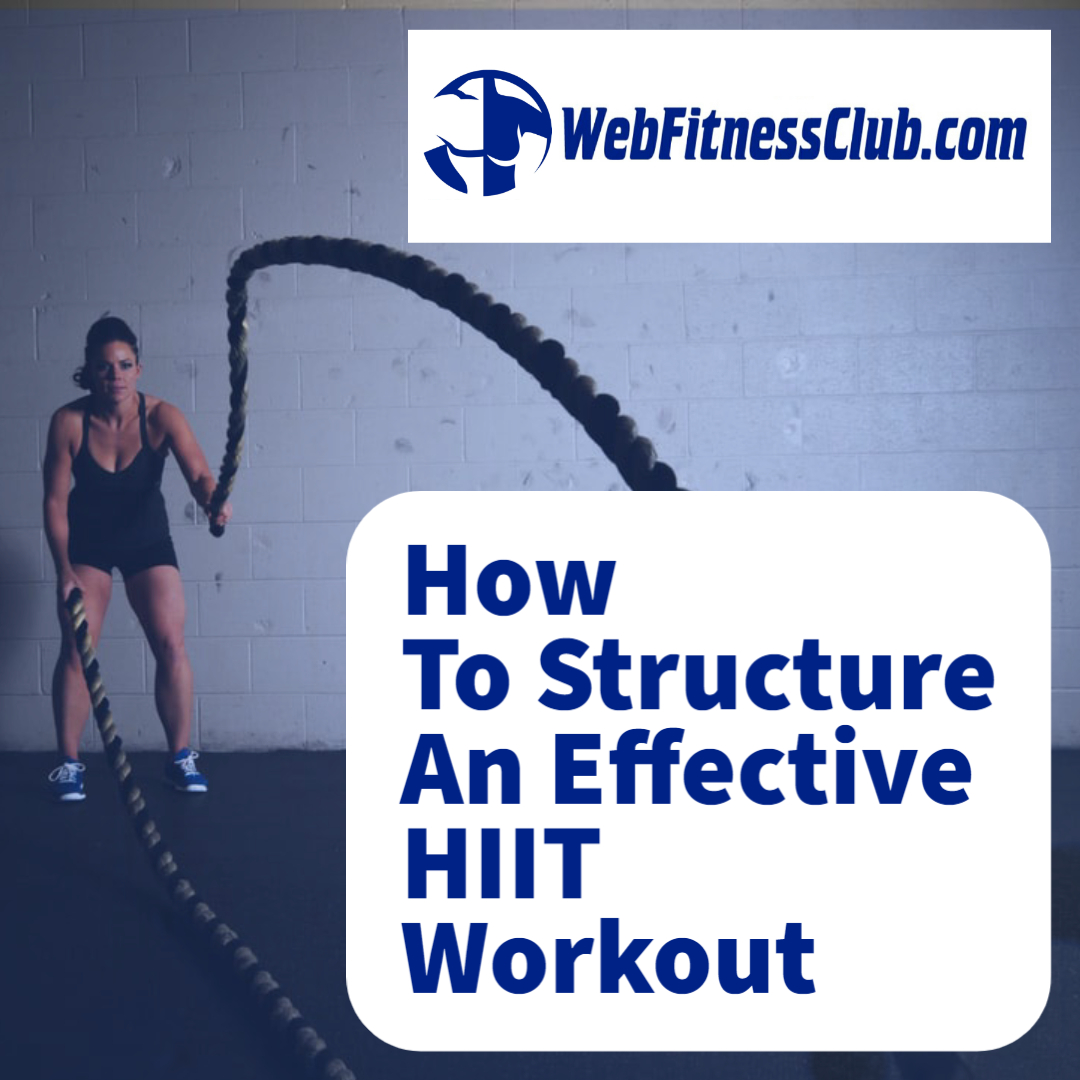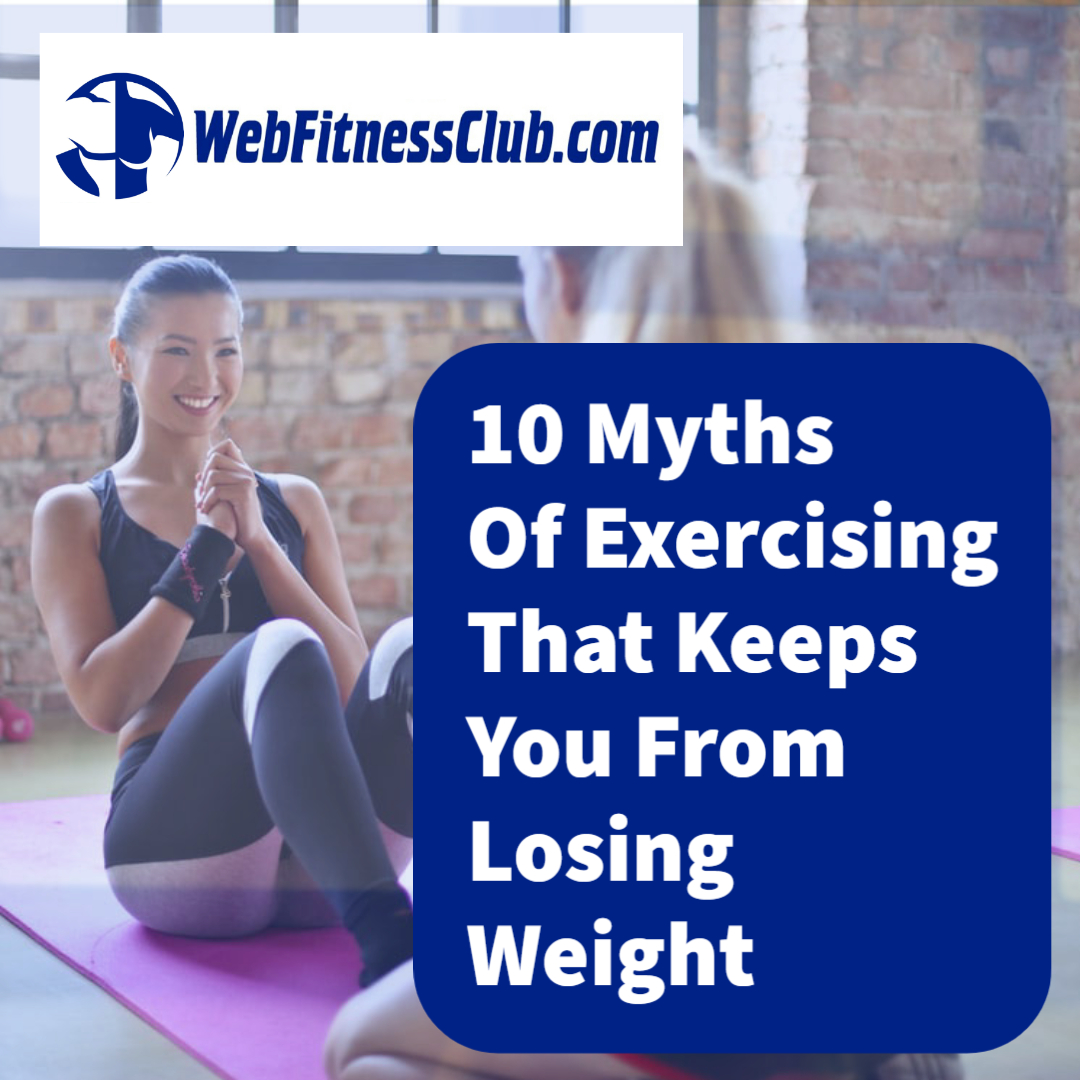How Lifting Weights Will Change Your Life
There’s more to be gained from lifting weights than you might think. Sure, you can get big muscles and kick sand in the faces of your bullies. But, there’s so much more than that.
There are so many benefits, both physical and psychological, from lifting weights that everyone should be doing it. If you’ve never lifted weight consistently, you’re missing out.
See how you can change your life by lifting weights:
1. Lifting weights teaches you to deal with discomfort. If you’re really pushing some iron to the best of your ability, it’s going to be physically uncomfortable. That discomfort can be useful. If you can learn how to be uncomfortable and still continue, you become a powerful person.
◦ We all face discomfort each day. It’s uncomfortable to give a speech, talk to someone new, sit in traffic, or to have difficult conversations. As odd as it sounds, lifting weights can help with all types of uncomfortable situations.
2. Your blood sugar levels are better controlled. Using your muscles in a strenuous way enhances your body’s ability to use glucose effectively. It increases your insulin sensitivity, too. Many type-2 diabetics are able to get off their medication by lifting weights and dropping a few pounds.
3. Lifting weights is great for your sleep. It’s easier to get a good night of sleep if you’re physically active during the day. Avoid getting too carried away. Insomnia is a common sign of overtraining. It’s possible to get too much of a good thing.
◦ If you’re not currently sleeping well, what could change your life more than a good night of sleep?
4. Your strength increases. This seems obvious, but it’s more important than you might think. After a certain age, you lose strength each year. It’s important to your health and independence for you to maintain your strength. The best way to maintain strength is to work on building it.
5. Lifting weights boosts metabolism and aids in weight loss. Lifting weights is more effective for controlling body weight than cardiovascular exercise. High intensity exercise continues to burn calories long after the exercise is over. Building and maintaining muscle also requires a lot of energy.
6. Your discipline and perseverance will increase. If you can successfully follow a weightlifting routine, you can do a lot of other things, too. It’s uncomfortable to lift weights, and many of the results come slowly. Most people are too impatient to be successful with a weightlifting routine. Be patient and you’ll see results!
7. Depression and anxiety symptoms are reduced. Pumping iron can be great for your mood. Studies show that you feel less depressed and anxious when you exercise regularly.
8. Self-esteem is enhanced. You feel better when you become stronger, leaner, and maintain an exercise routine. It’s great for your confidence and self-esteem. You just feel like a million bucks.
9. Bone density increases. Bone density becomes important as you age. It can be especially important to women. Putting a heavy load on your body is great for your bones and overall health.
10. Your posture improves. Do you slouch? Improving your strength and muscle tone can help. You’ll have fewer aches and pains, and it will be easier to stand or sit for extended periods of time.
Get started with a weightlifting routine today. Get help if you need to but get started as soon as possible. Remember to be patient. It will take several weeks for your body to adapt. Until that happens, it can be challenging to recover between workouts.
Go slowly and enjoy the process. It won’t be long before you wonder why you waited so long to get started.
Take action now and use everything we have for you at: WebFitnessClub.com




